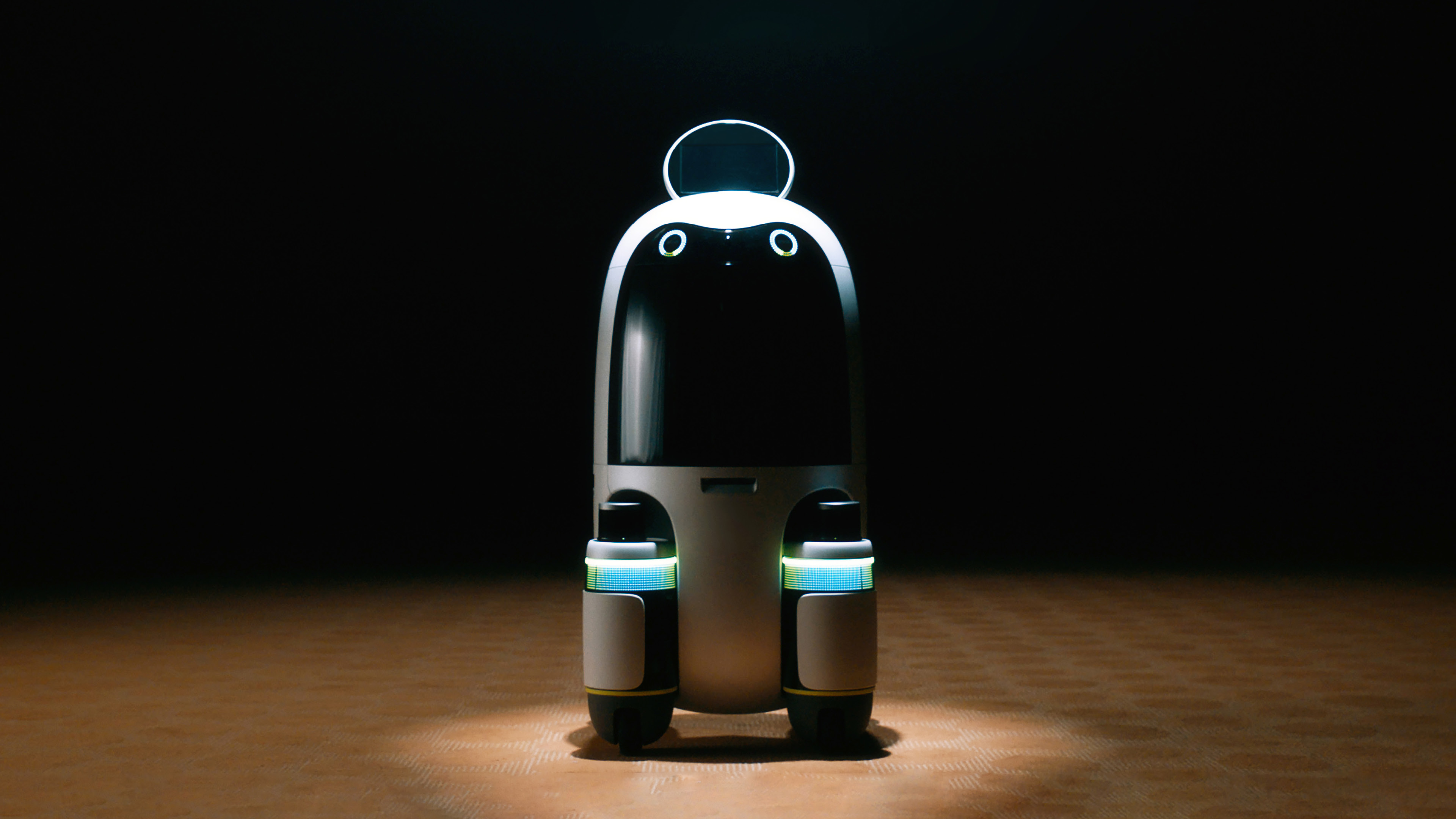
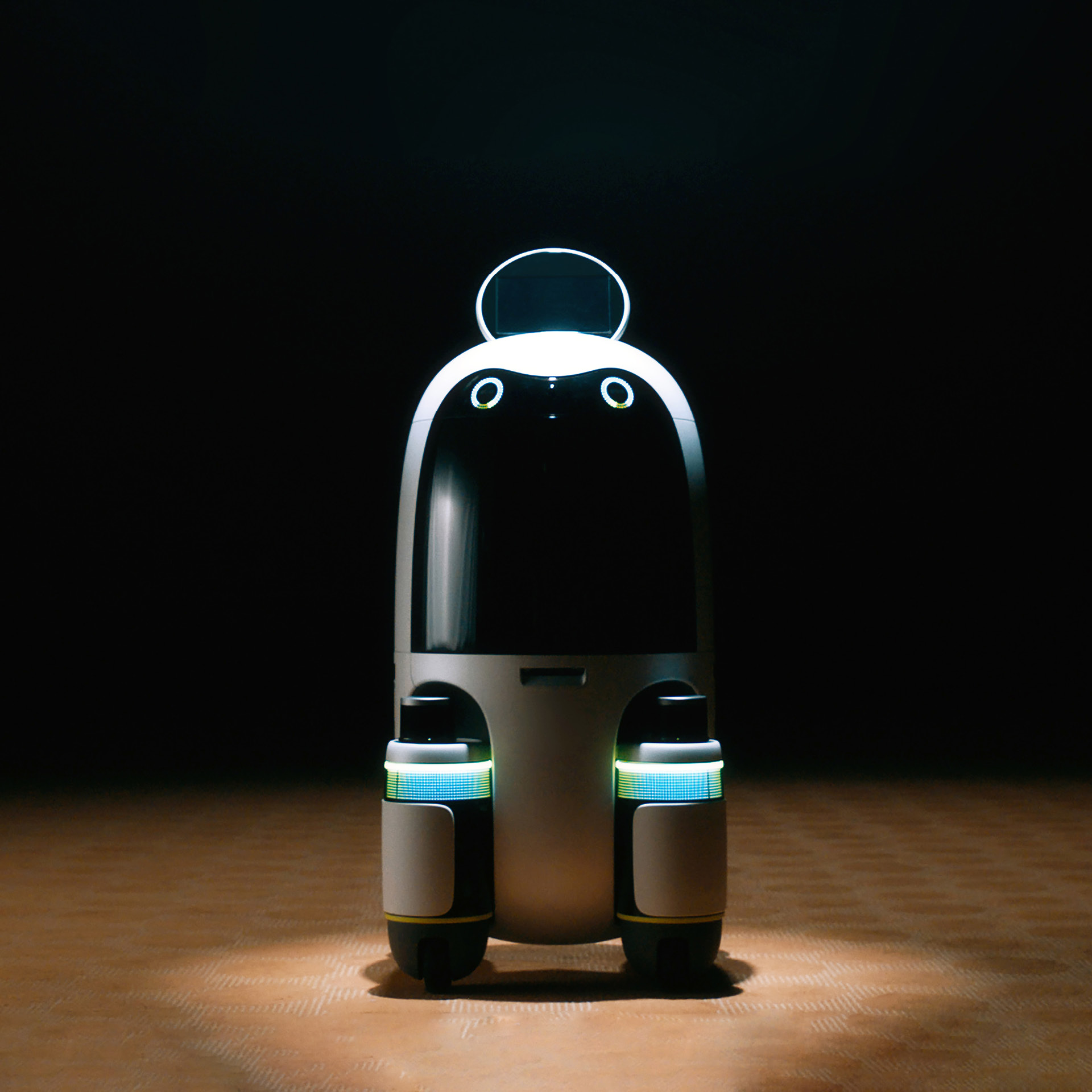


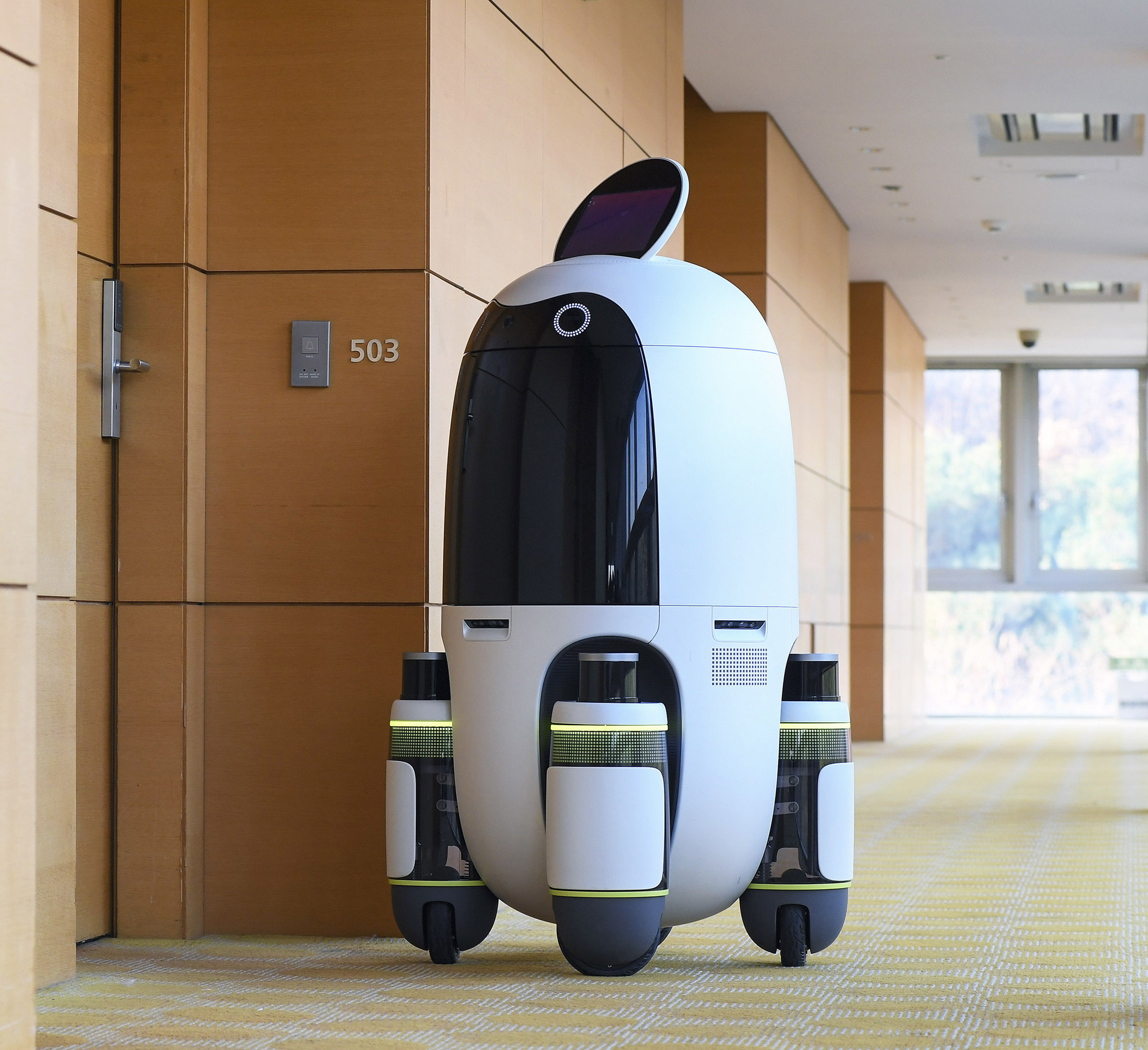
The era of unmanned robot delivery, which seemed like a thing of the future, is coming. Hyundai Motor Company and Kia signed a business agreement with a food delivery platform for research and development of unmanned delivery solutions, and are operating an indoor/outdoor delivery robot in the Gwanggyo Alleyway residential and commercial complex. It is now open weekdays from 11am to 3pm. Now cute robots are carrying food.
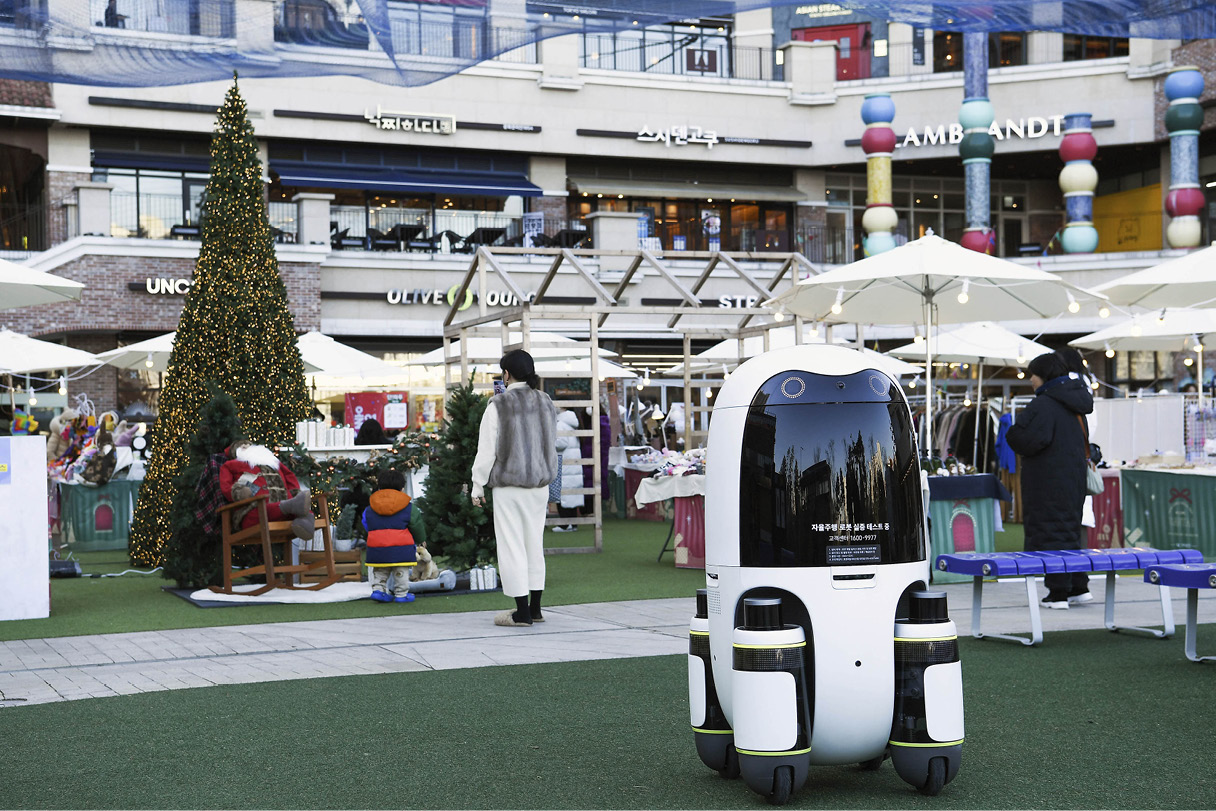
Unmanned delivery requires a control system, which is easy for users; The system used by customers and stores is the same as before. When a customer places an order using a food delivery app, the store inputs the expected cooking time after receiving the order. At this time, the control room deploys robots on orders. When the robot arrives at the store, the store simply loads the robot with food and sets it off. Customers can check the delivery status with a notification, and then open the robot’s cargo box to take out the goods.
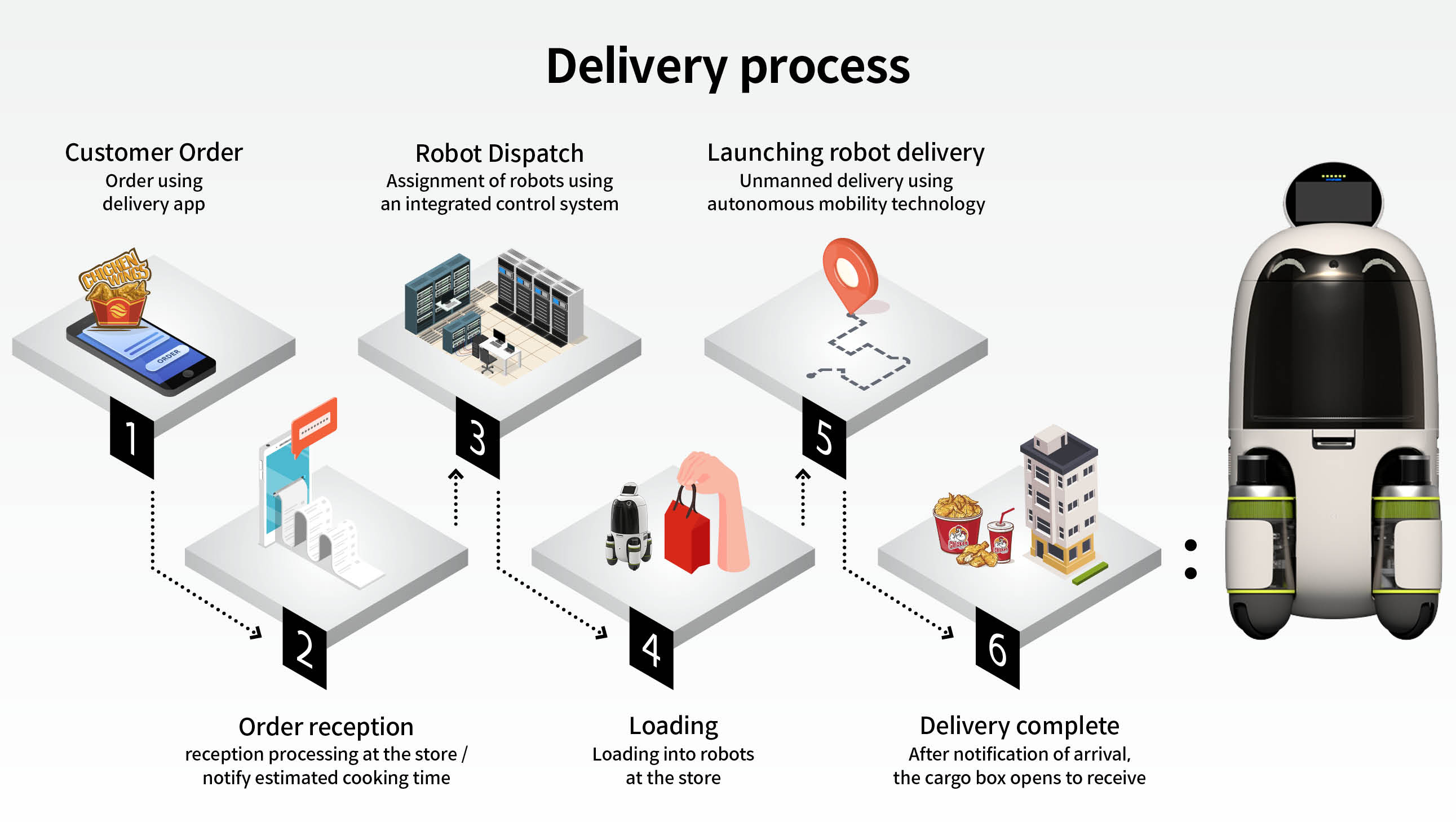
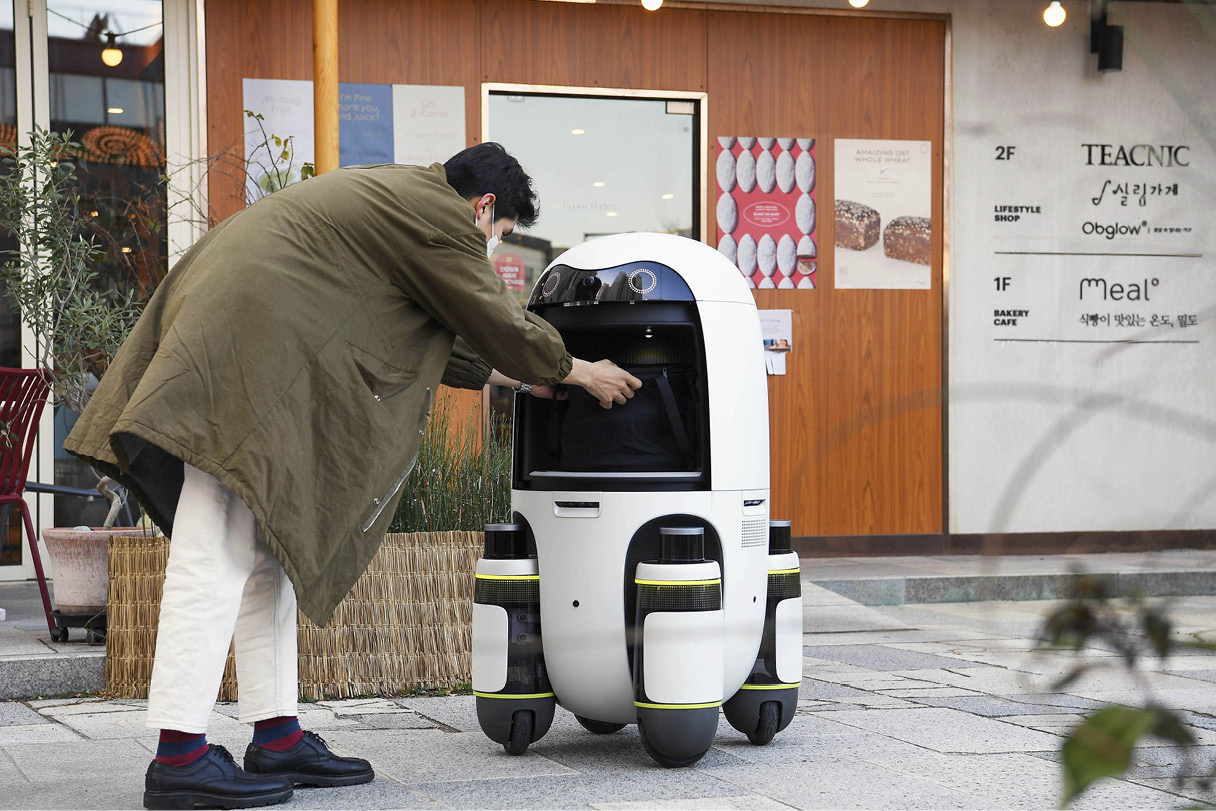
It is a simple delivery service, but it is of great significance that Hyundai Motor Group’s robots started delivering food. This is because it is a validation process that verifies the effectiveness of mobility features on‒site, while also helping to develop delivery and logistics solutions. Demand is significant, especially in the food delivery sector, so a pilot program can look not only for weaknesses, but also for improvement in customer response.
Hyundai Motor Group put a lot of thought into the design of its indoor/outdoor delivery robots. It had to have a friendly image that would reduce the awkwardness of the robot and pack a lot of features. Of course, consideration for communication was also included: like design elements added to intuitively reveal the state of the robot.
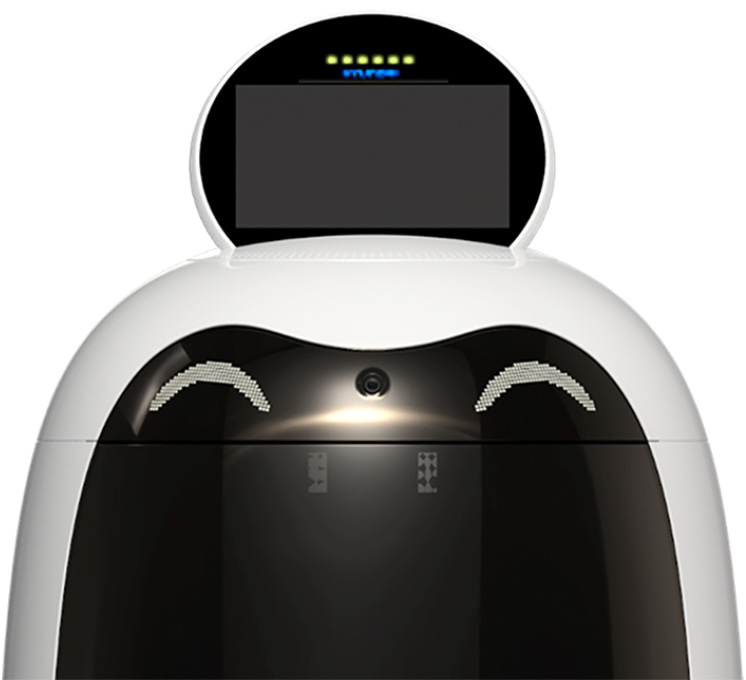
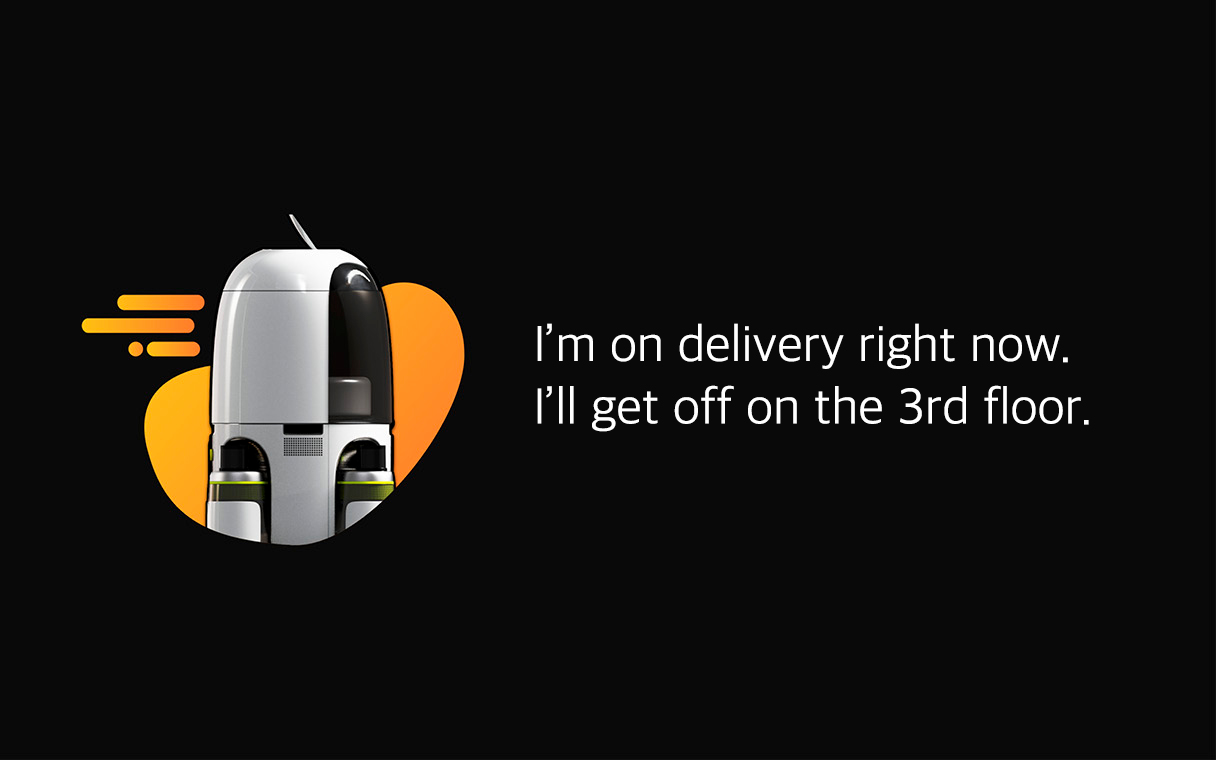
For example, the display at the top shows a message to be delivered to the customer and can also indicate the status of the robot. The LEDs on the face are for facial expressions for mutual communication between robot and human. The LEDs on the legs indicate the status of the robot by color. The pixel design of the LED also shows the design unity of Hyundai Motor Company.

The length × width × height of the indoor/outdoor delivery robot is 755 × 755 × 1,385 (mm). The loading weight of the cargo box is 10 kg, which is enough to carry a lot of food at once. The indoor/outdoor delivery robot scans its surroundings by attaching 3D LiDAR for autonomous operation. Also, it houses a camera that can determine depth. This allows it to detect and avoid obstacles on sidewalks and roads. When in service, the operating speed is limited to 5.4 km/h (1.5 m/s), which is slightly faster than a person walking. It might move faster, but as it uses human trails, too much speed can be a problem. For safety, there are limitations.
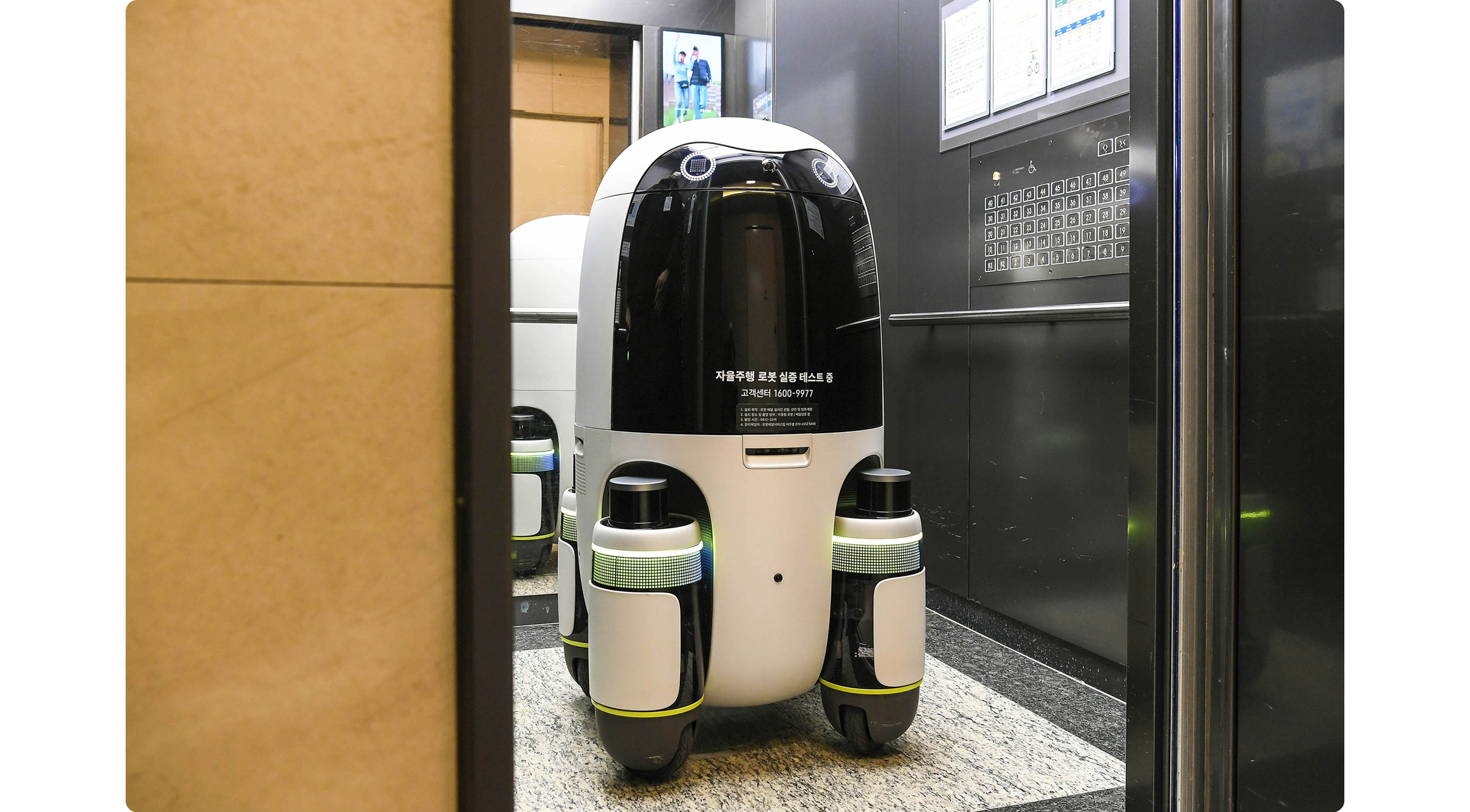
Indoor/outdoor delivery robots can also ride elevators. The armless robot doesn’t actually press the button directly ‒ because it has a communication sync function so it can call the lift. A real‒time control system can monitor all these operating conditions. There are various menus such as monitoring, remote control, order management, and robot location setting, so management is easy.
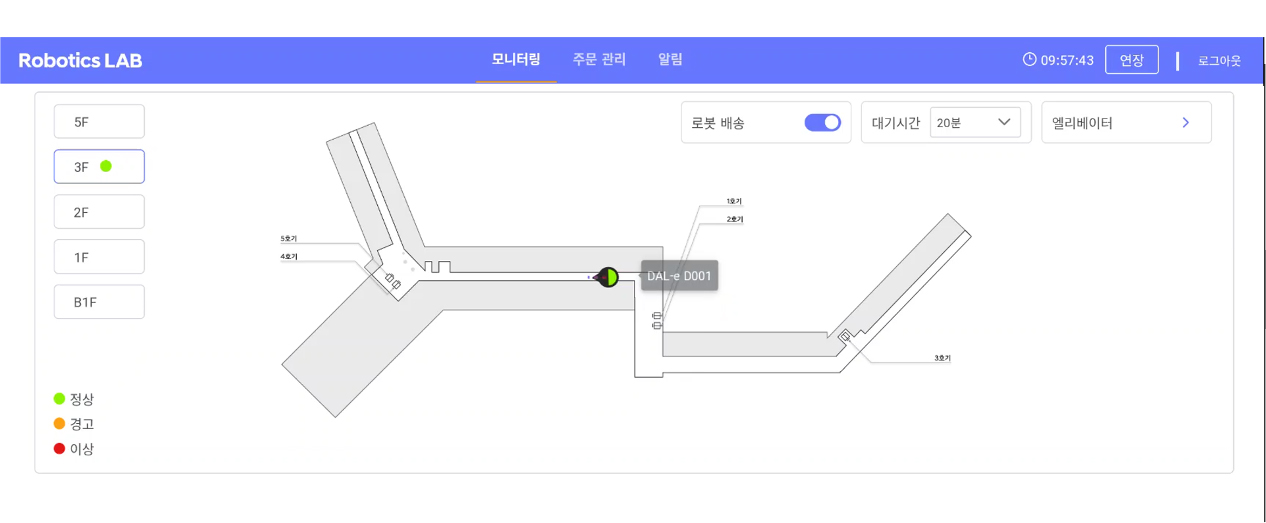
Indoor/outdoor delivery robots also feature human recognition. Not only does it check the number of people in the elevator, but it can also adjust what it says by distinguishing whether the other person is an adult or a child. Features like this can make indoor/outdoor delivery robots friendlier.
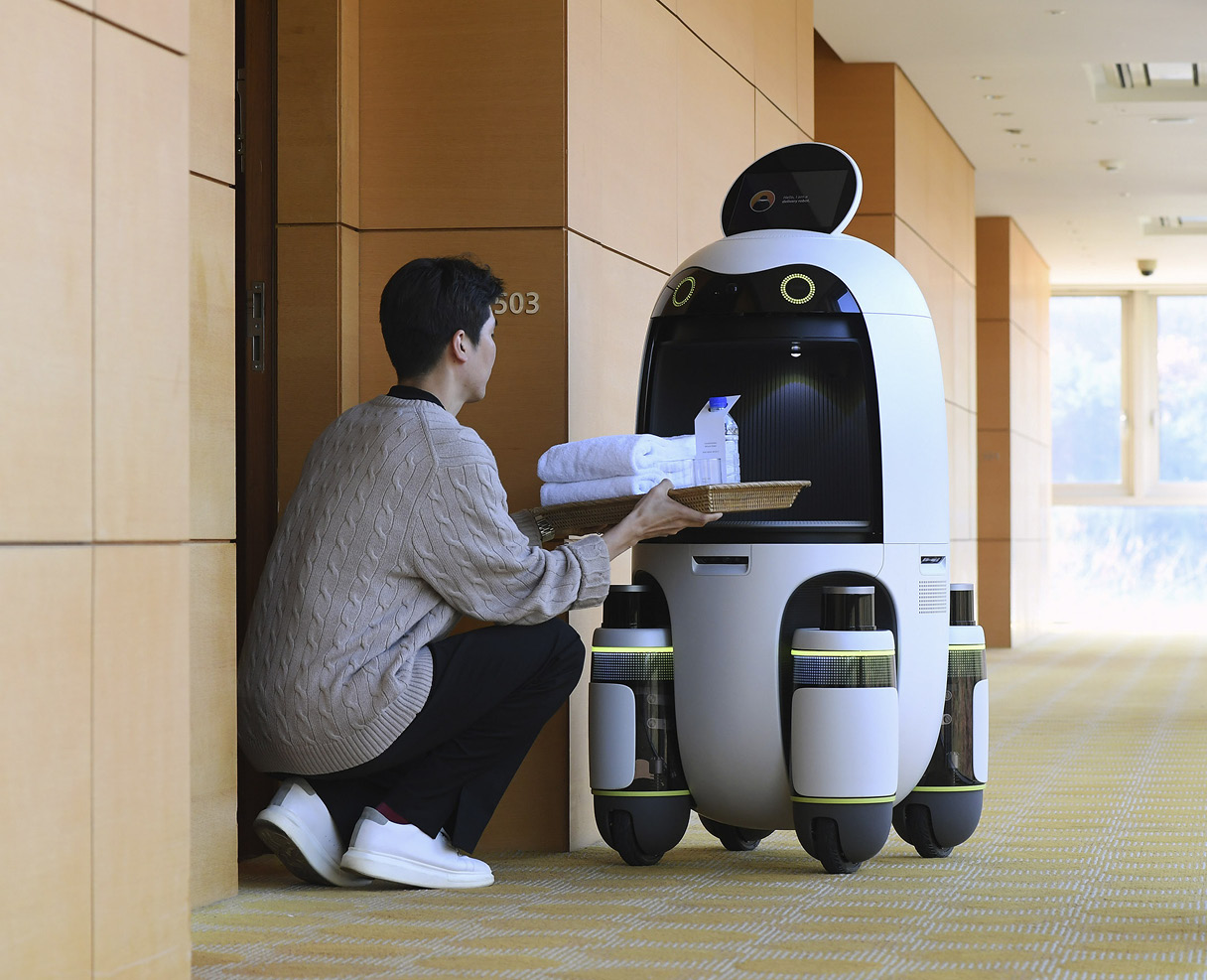
Hyundai Motor Group is currently conducting a pilot program for indoor/outdoor delivery robots at the Rolling Hills Hotel in Hwaseong, Gyeonggi‒do. It is expected to be able to discover various services that robots can provide. In‒hotel delivery robots carry room service food and supplies; It is only open from 8pm to 10pm. Currently, only one is in operation, but from March 2023, another one will be added with an automatic charging function. The robot that has finished its work is waiting for the next order at the automatic charging station.
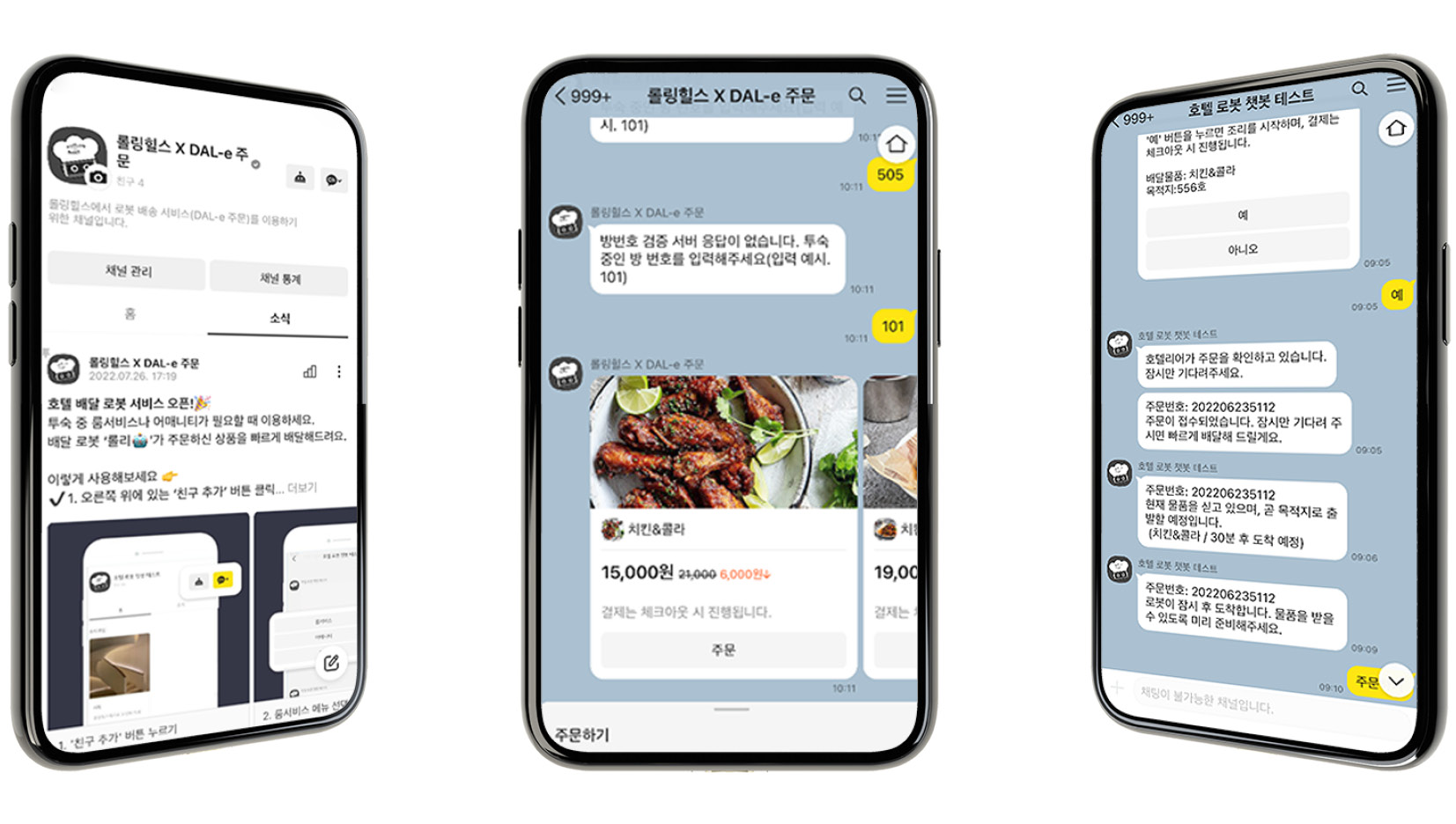
As above, robot delivery does not have to be complicated. Rather, using a smartphone app makes it more intuitive to use. Controls are also simple. When a guest requests room service or supplies through the KakaoTalk chatbot, the order is received on the delivery robot control page. Afterwards, room service food or supplies are loaded onto the robot.
Based on this pilot program, Hyundai Motor Group plans to gradually expand its delivery robot service. As in the case of the Rolling Hills Hotel, if a delivery robot is used in the service industry, it will reduce the workload of workers and improve the quality of service. Previously, a service representative had to go to and from each room according to the order of calls, but the delivery robot took care of some of the simple delivery tasks, allowing the representative to focus more, such as on customer services.
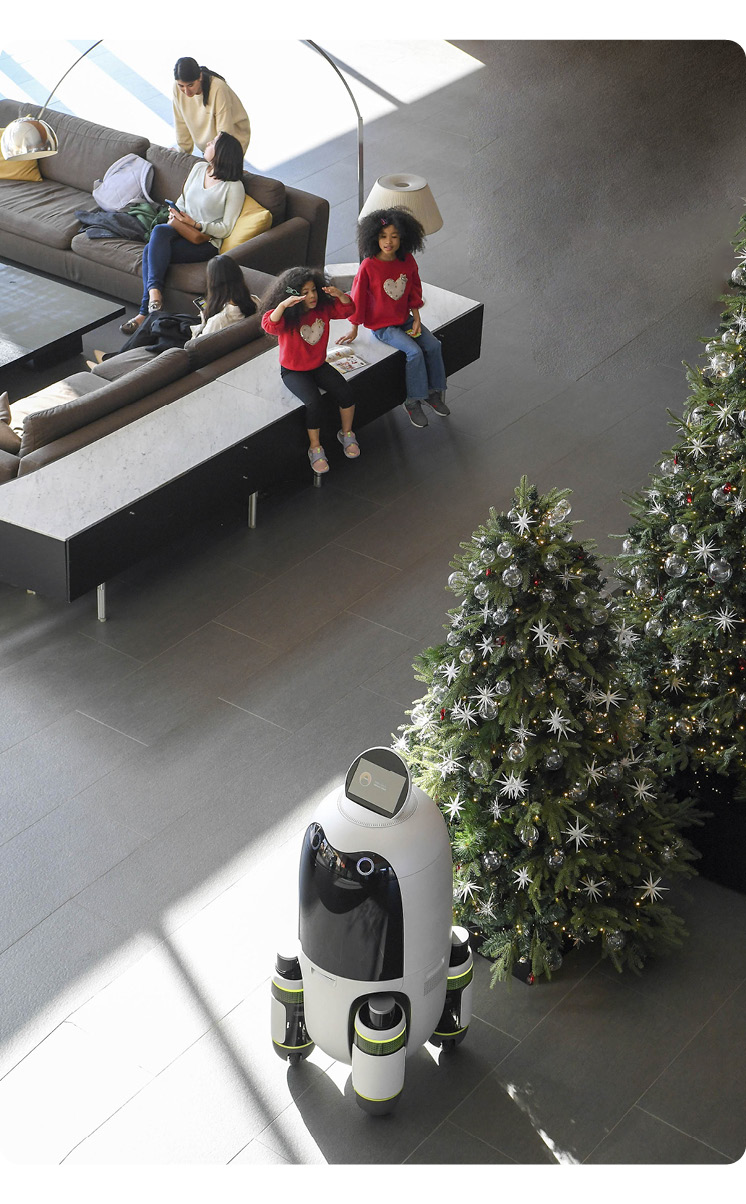
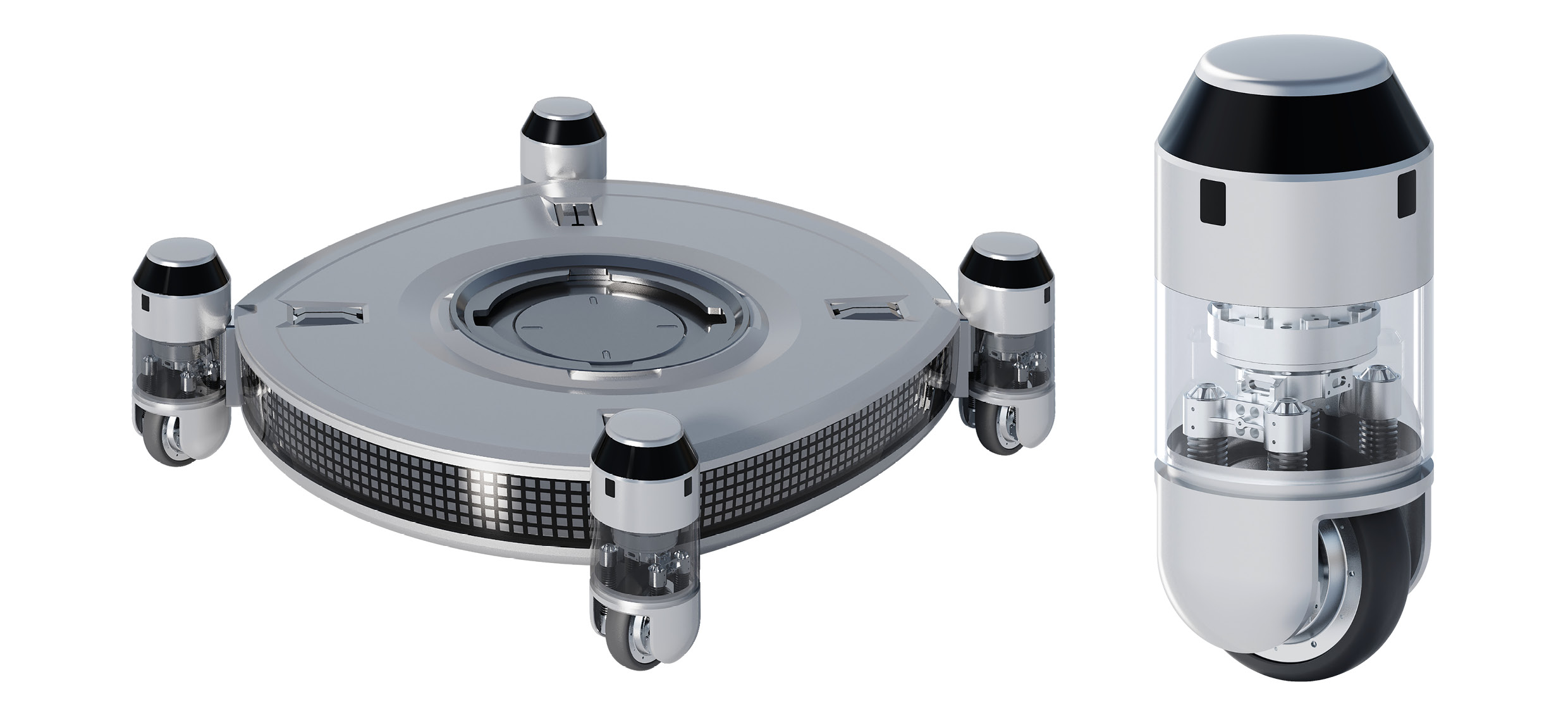
Such innovations are based on advances in technology. The indoor/outdoor delivery robot is equipped with cutting‒edge robotics technology such as Hyundai Motor’s Plug & Drive Module (PnD module). The PnD module is an all‒in‒one mobility that combines an in‒wheel motor, steering, suspension, brake system and environmental sensors into one. It can be attached to any object and moved around. It can be freely changed in size and number to provide mobility to various objects, and can rotate 360°. The secret is that the indoor/outdoor delivery robot using 4 PnD modules can move freely and quickly in all directions.
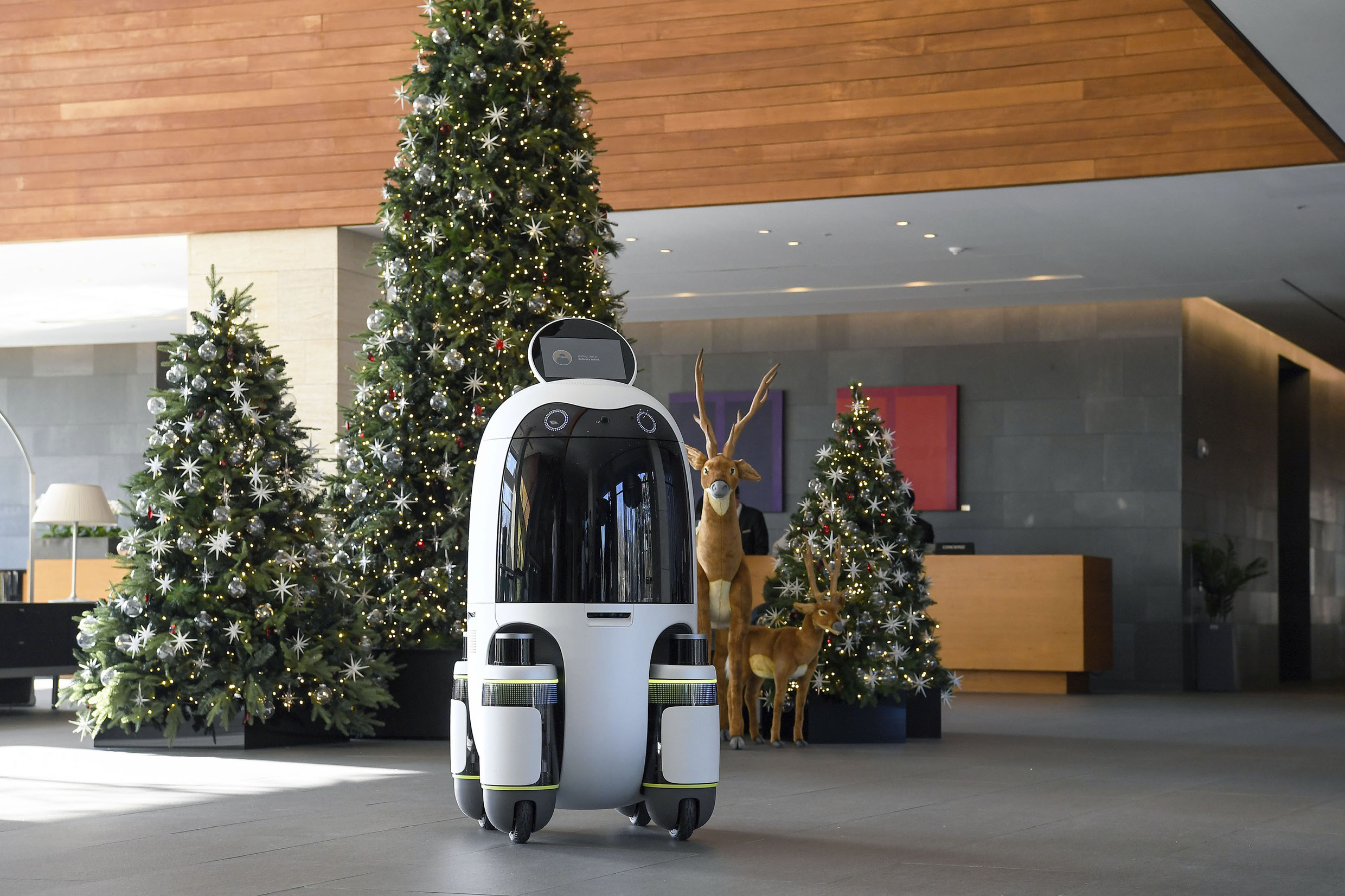
Hyundai Motor Group predicts that the new experiences brought by robotics technology will bring great changes to our daily lives. That change is already being reflected in our lives bit by bit. A good example is robot delivery, which was considered distant. In this way, robotics will reduce the burden on people and create new services for people. Many expect that robotics technology for people will bring a more colorful future.

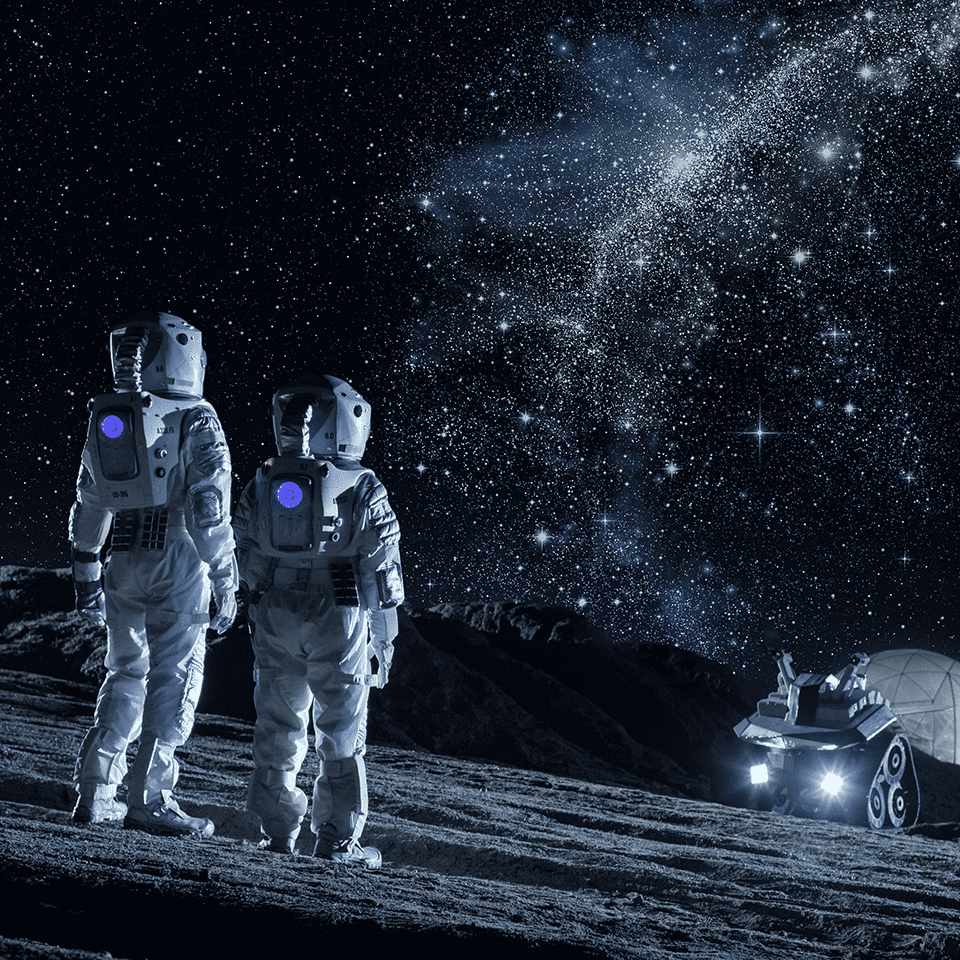
Hyundai Motor Group, To The Moon
2022.11.03 6min read